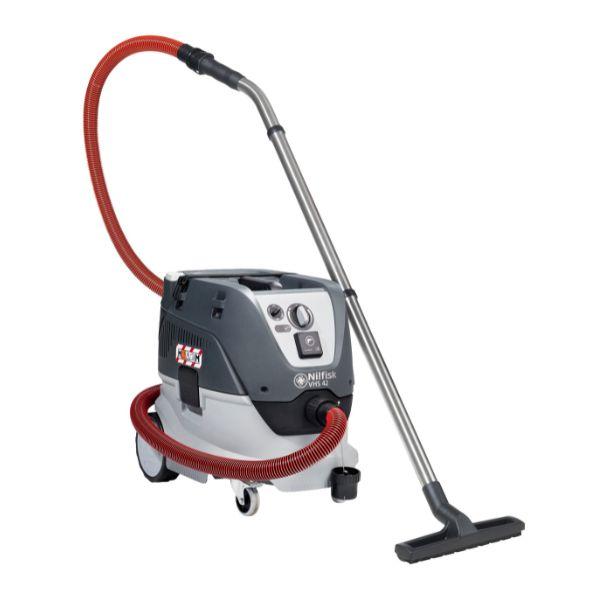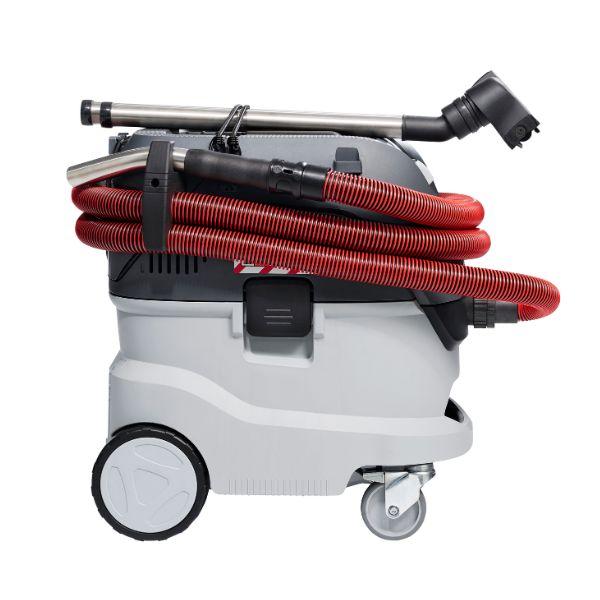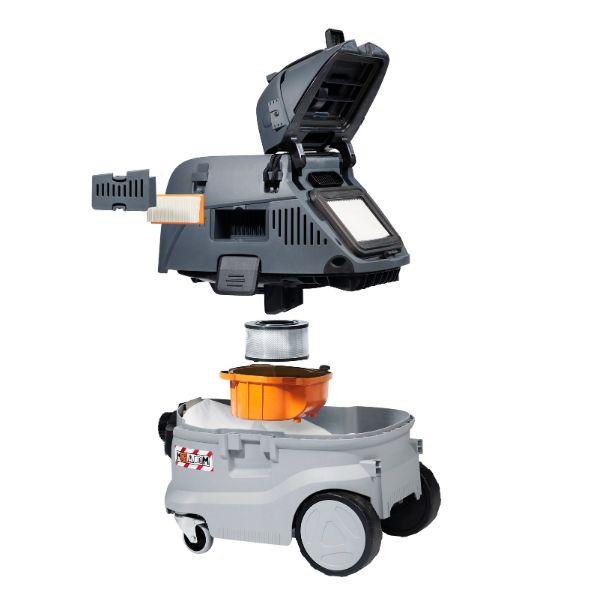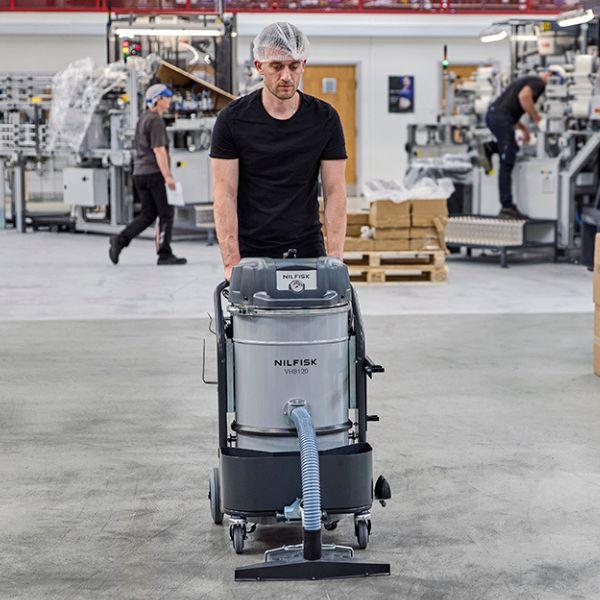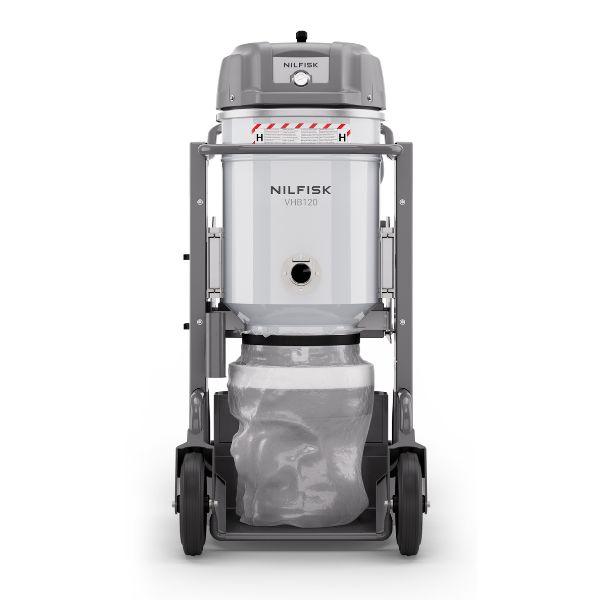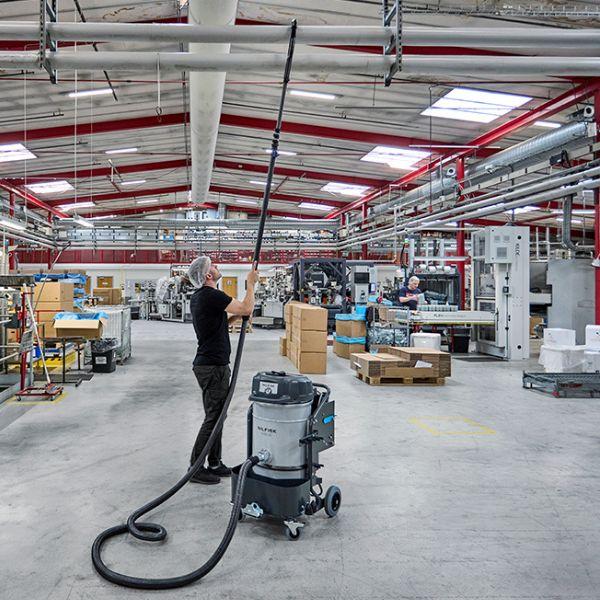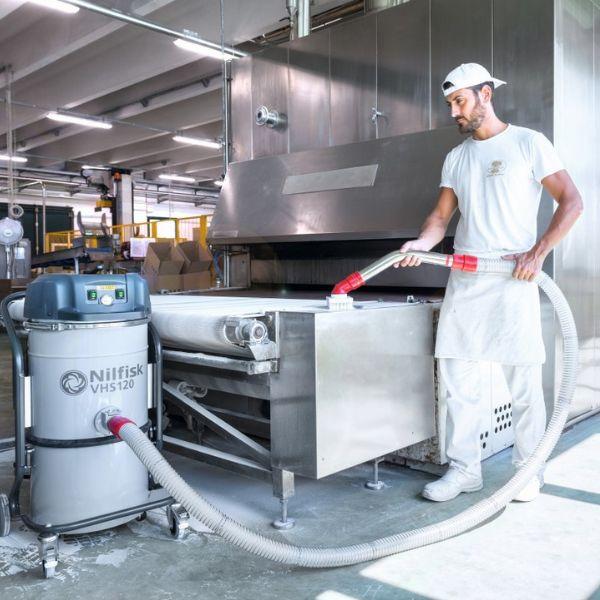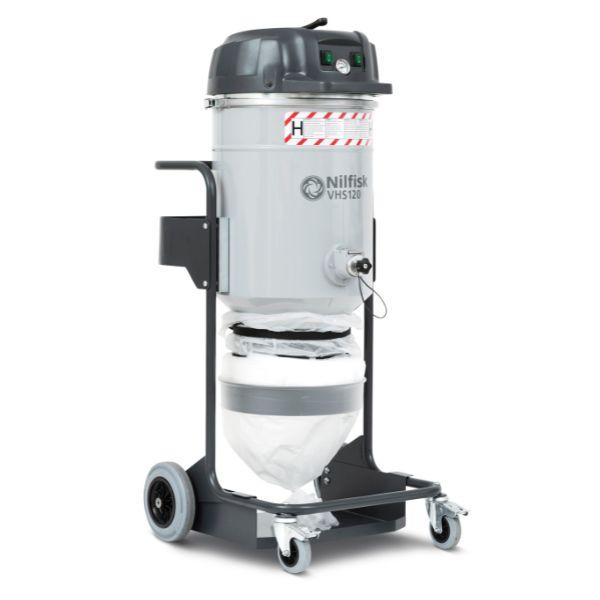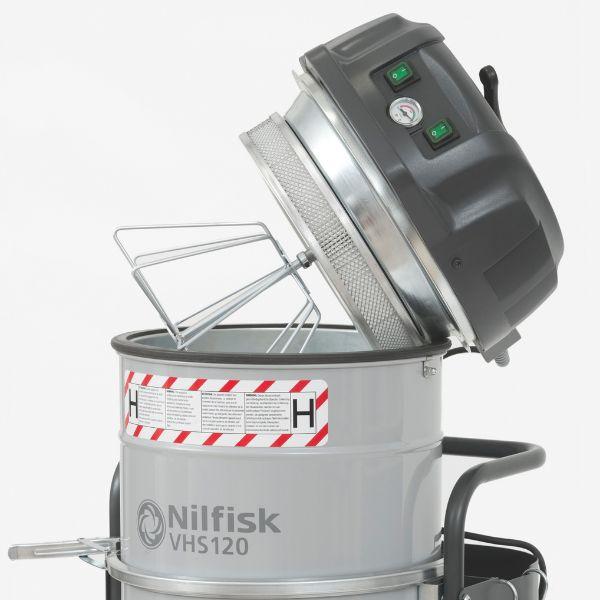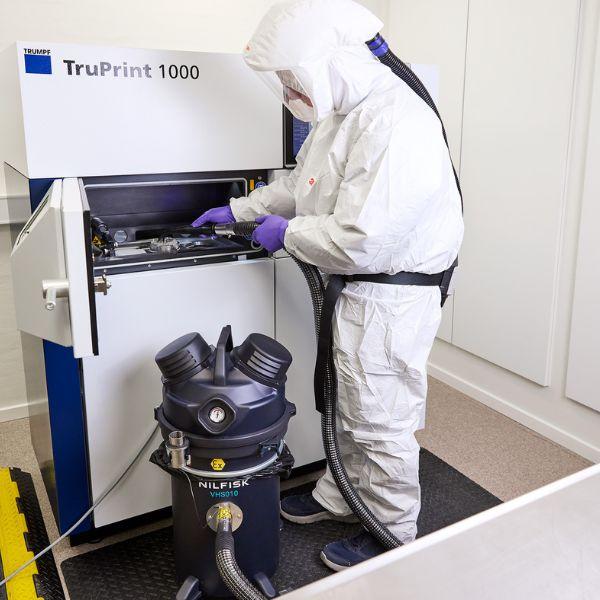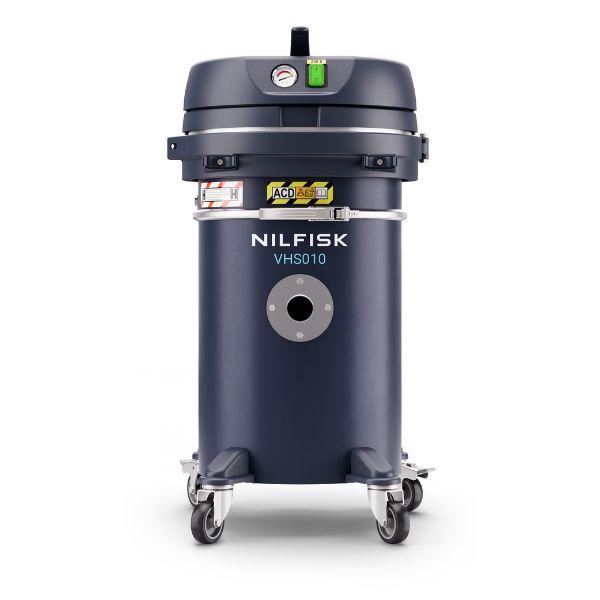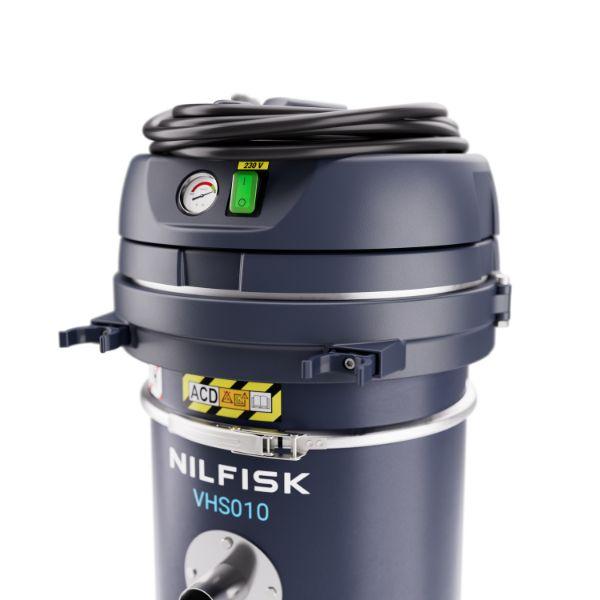What Class Vacuum for Silica Dust?
In this post, you’ll discover the right class vacuum for silica dust and some suitable vacuum options for your workplace.
1. Stronger regulation of crystalline silica
mandatory workplace safety assessments
increased safety protocols including a silica risk control plan when handling high-risk engineered stone
controlled processing of the substance
This comes after an earlier ban on engineered stone in July 2024, adding to the growing list of measures to protect Australians from silica-related diseases.
View PCBUS Guide
2. Industrial vacuum cleaners as an Engineering Control measure
As part of the guide’s Hierarchy of Control Measures (see page 33), one key Engineering Control that can reduce the risk of respirable crystalline silica (RCS), is using a classified industrial vacuum cleaner.
Engineering controls use physical methods to change the characteristics of a task, including mechanical devices or processes that eliminate or minimise exposure of workers to RCS.
3. What class vacuum for silica dust is best?
In short, H Class is the most effective class vacuum for silica waste in the workplace, but M Class is also listed by Safe Work Australia as an acceptable option too.
High hazard (H) dust class vacuum provides 99.995% filtration efficiency compared to Medium hazard (M) class vacuum of 99.90%. Although both are suitable, it is recommended to always use the highest standard of filtration to ensure the most effective dust extraction performance.
4. Examples of H-Class Vacuum Cleaners
Here is a list of recommended H Class vacuum cleaners suited for a range of industries and use cases.
5. For Tradespeople - Nilfisk VHS 42 40L Wet & Dry Vacuum H Class
240V power
4m metre long hose
wet and dry vacuum capacity
6. For Manufacturers - Nilfisk VHB120 Battery Vacuum H Class
Big in scale, easy cordless operation and 1800W of power, the VHB120B is fantastic for large-scale manufacturing operations and is versatile to clean a variety of areas. From high-reach ceilings to wide open floors, this model was designed with a 500mm floor tool and long extension poles to access areas generic vacuums have trouble cleaning. Other specs include:
longopac dust bag for safe disposal
36V battery power
90% charge in 2 hours
7. For Manufacturers - Nilfisk VHS120 240V Vacuum Cleaner H Class
Where electric power is preferred, the VHS120 240V H Class is another suitable option for large manufacturing plants. Businesses can undertake DOP testing to check the efficiency of the installed HEPA filter at the time of purchase, providing extra assurance of the filters’ performance. Other specs include:
longopac dust bag for safe disposal
2000W power
25L capacity
8. For Bakeries & Small Areas - Nilfisk VH010 Mini H Class
Fantastic size for smaller business operations, VHS010 meets the Appliances for Combustible Dust (ACD) standards and is suitable for collecting metal, flour and other hazardous materials along with silica. Other specs include:
large 30L tank for a compact vacuum
High efficiency 950W motor
40mm tool diameter
9. How to choose your vacuum requirement
Now that you know which class of vacuum is required to clean silica substances, choosing the right model for your application is essential.
Comparing different vacuum models, configurations and power types can be time-consuming and confusing, but we can help simplify your business requirements through our detailed questionnaire.
In partnership with Nilfisk, we have developed an Industrial Vacuum IVS questionnaire that aims to paint a picture of your business use case to recommend the best model for the job. It takes less than 5 minutes to complete but provides a significant amount of insight for you and for us! If you would like to complete this questionnaire, submit a request below.
